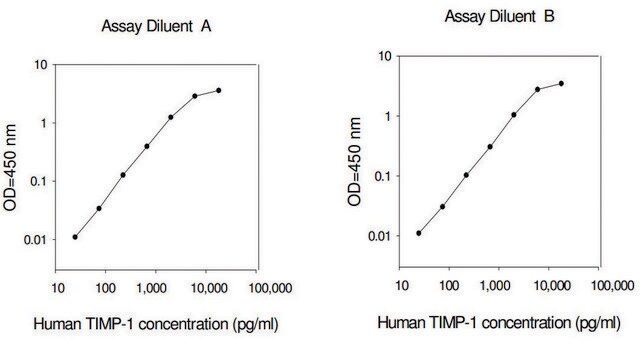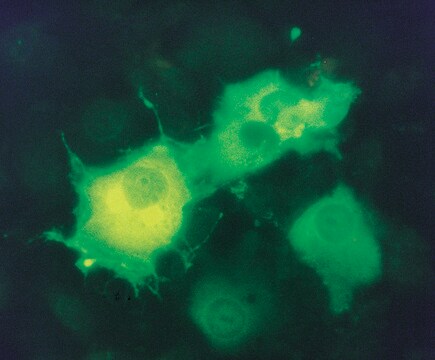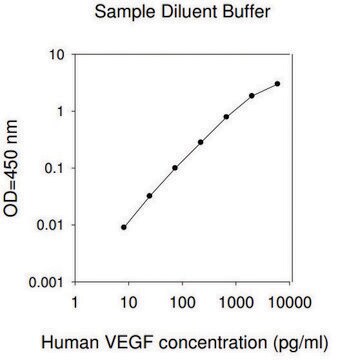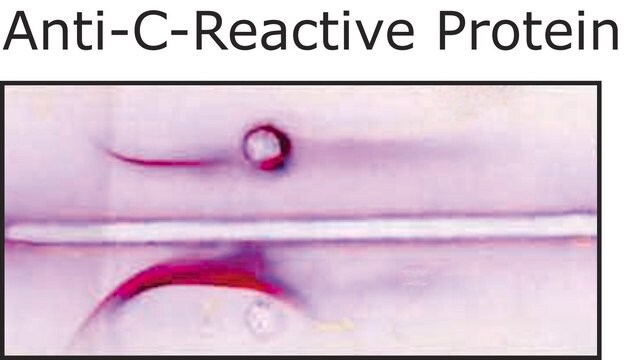おすすめの製品
由来生物
human
品質水準
リコンビナント
expressed in E. coli
アッセイ
≥95% (SDS-PAGE)
形状
lyophilized powder
有効性
0.1000 μg/mL
分子量
apparent mol wt 8.7 kDa by SDS-PAGE (reducing)
包装
pkg of 25 μg
保管条件
avoid repeated freeze/thaw cycles (Do not store in a frost-free freezer.)
テクニック
cell culture | mammalian: suitable
不純物
endotoxin, tested
UniProtアクセッション番号
保管温度
−20°C
遺伝子情報
human ... CXCL13(10563)
生物化学的/生理学的作用
物理的形状
シグナルワード
Warning
危険有害性情報
危険有害性の分類
Acute Tox. 4 Inhalation - Acute Tox. 4 Oral - Eye Irrit. 2
保管分類コード
11 - Combustible Solids
WGK
WGK 3
引火点(°F)
Not applicable
引火点(℃)
Not applicable
適用法令
試験研究用途を考慮した関連法令を主に挙げております。化学物質以外については、一部の情報のみ提供しています。 製品を安全かつ合法的に使用することは、使用者の義務です。最新情報により修正される場合があります。WEBの反映には時間を要することがあるため、適宜SDSをご参照ください。
労働安全衛生法名称等を表示すべき危険物及び有害物
名称等を表示すべき危険物及び有害物
労働安全衛生法名称等を通知すべき危険物及び有害物
名称等を通知すべき危険物及び有害物
Jan Code
B2929-25UG:
B2929-25UG-PW:
B2929-BULK:
B2929-VAR:
試験成績書(COA)
製品のロット番号・バッチ番号を入力して、試験成績書(COA) を検索できます。ロット番号・バッチ番号は、製品ラベルに「Lot」または「Batch」に続いて記載されています。
ライフサイエンス、有機合成、材料科学、クロマトグラフィー、分析など、あらゆる分野の研究に経験のあるメンバーがおります。.
製品に関するお問い合わせはこちら(テクニカルサービス)








